37+ Social Constructs Examples to Download
Humans are social creatures that have various practices, traditions, and concepts of how the world around them works. One of the best ways people have prospered in this world is through communication and understanding through the wide variety of contexts, themes, and tones of society.
1. Simple Social Constructionism Example
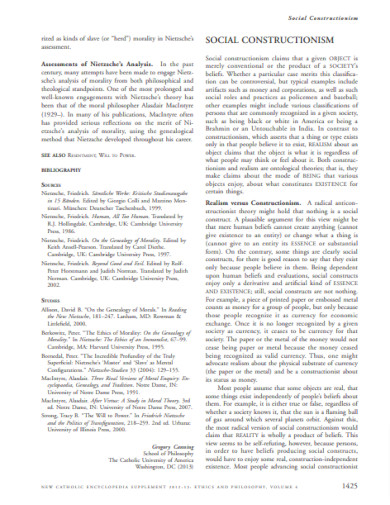
philarchive.org
2. Social Constructionism Reality Example
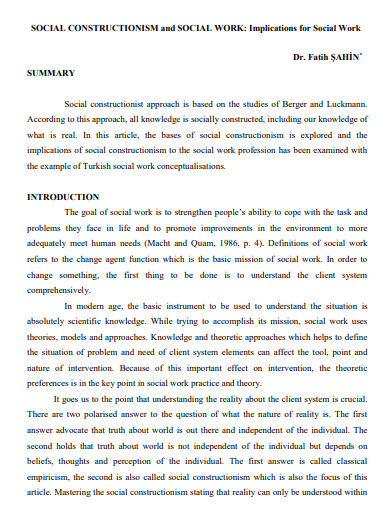
konferenca.unishk.edu.al
3. Social Constructionism Media Example
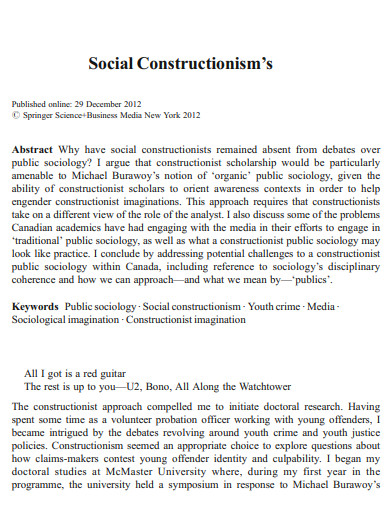
burawoy.berkeley.edu
4. Social Constructionism Paradigm Example
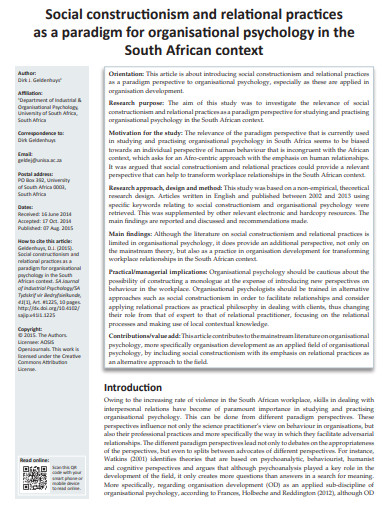
pdfs.semanticscholar.org
5. Social Constructionism Research Example
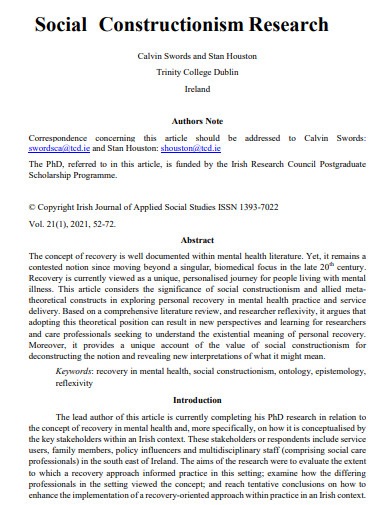
arrow.tudublin.ie
6. Social Constructionism Philosophy Example
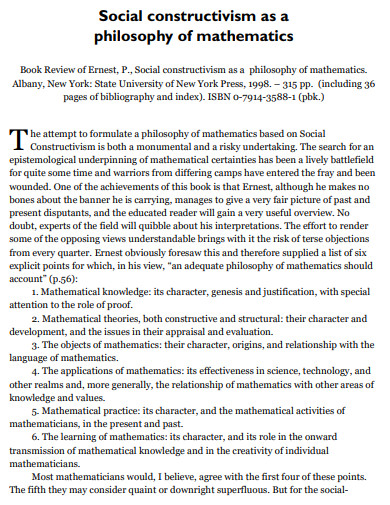
vonglasersfeld.com
7. Social Constructionism Technology Example
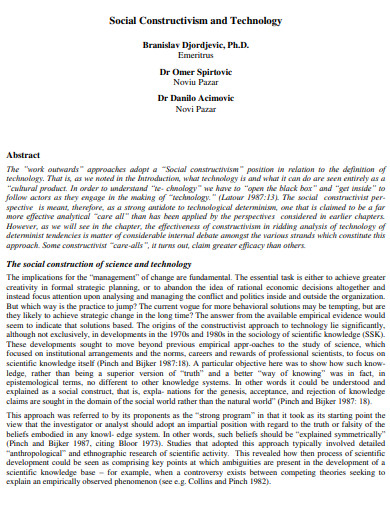
ijbssnet.com
8. Social Constructionism Family Example
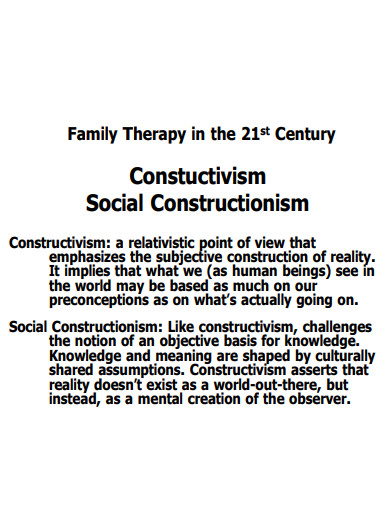
burtbertram.com
9. Social Constructionism Identity Example
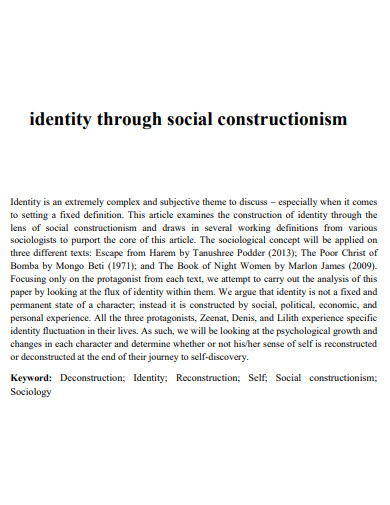
psasir.upm.edu.my
10. Social Constructionism Structural Example
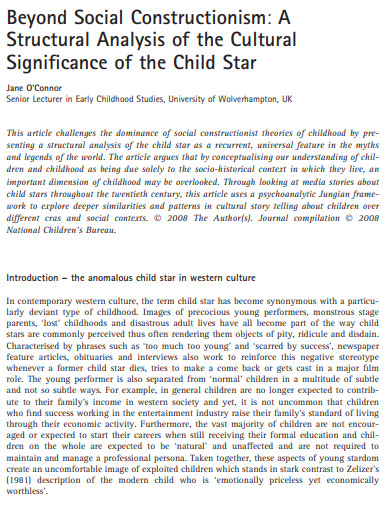
english2010information.pbworks.com
11. Social Constructionism Summary Example
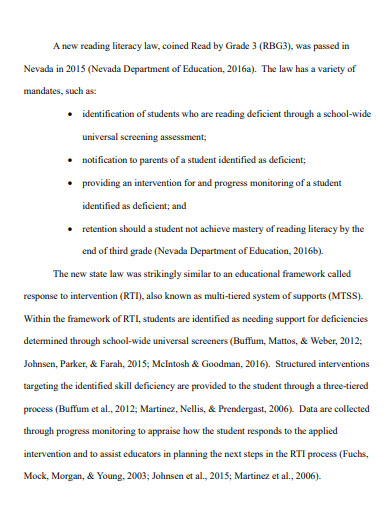
scholarworks.unr.edu
12. Social Constructionism Introduction Example
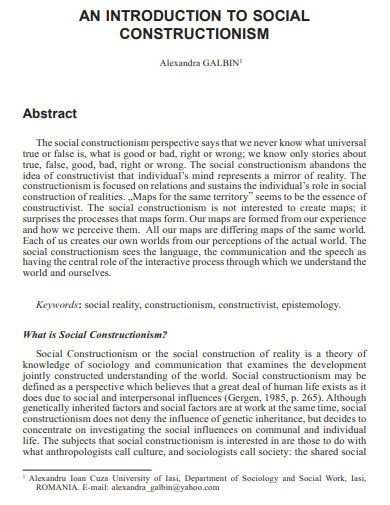
researchreports.ro
13. Social Constructionism Epistemology Example
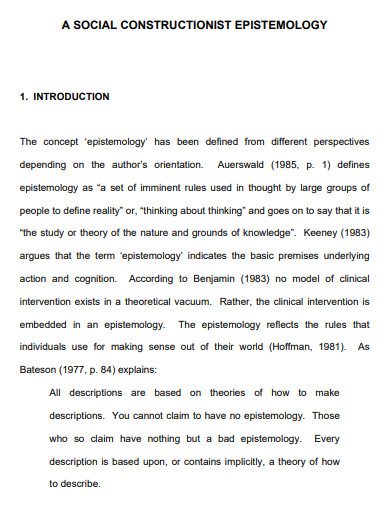
uir.unisa.ac.za
14. Critical Social Constructionism Example
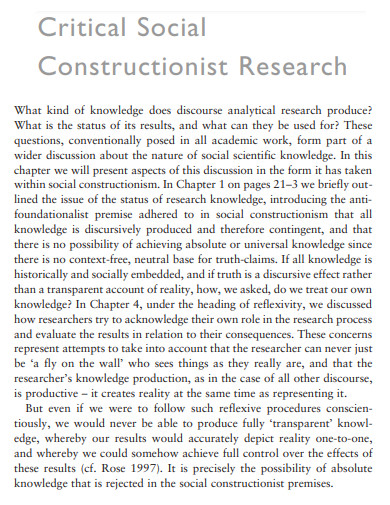
uk.sagepub.com
15. Implications of Social Constructionism Example
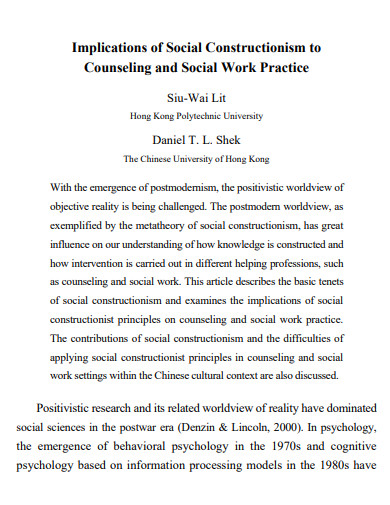
citeseerx.ist.psu.edu
16. Social Constructionism and Women Entrepreneurship Example
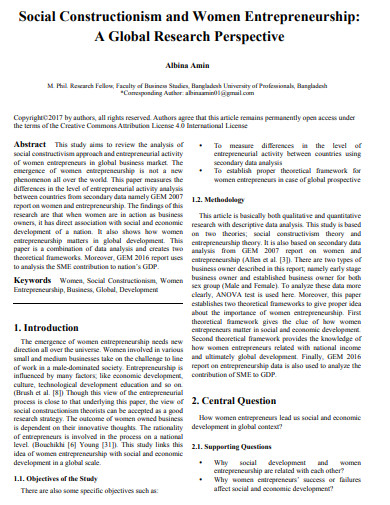
hrpub.org
17. Social Constructionism Template
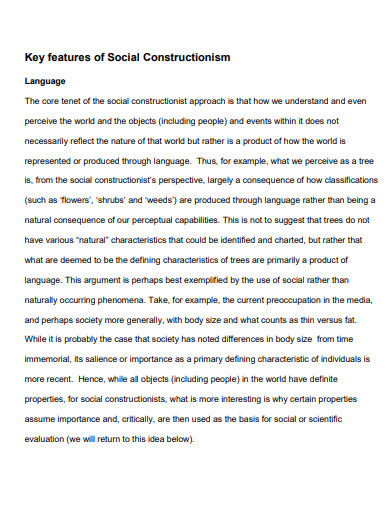
eprints.hud.ac.uk
18. Learning Social Constructionism Example
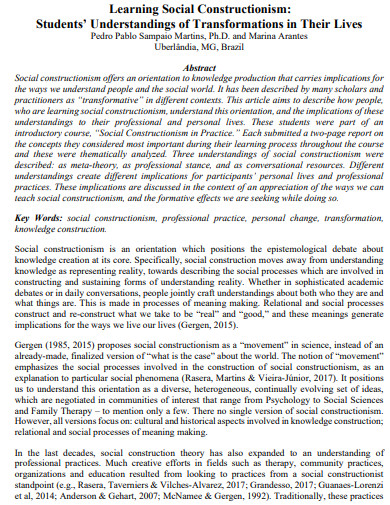
ijcp.files.wordpress.com
19. Basic Social Constructionism Example
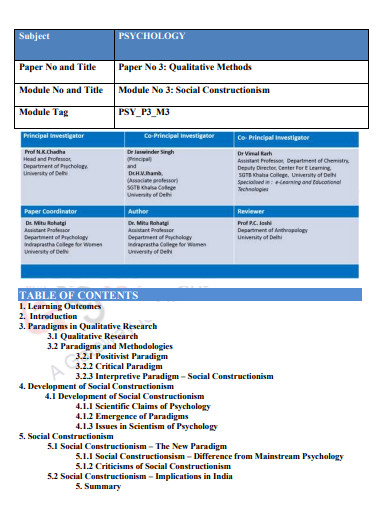
epgp.inflibnet.ac.in
20. Formal Social Constructionism Example
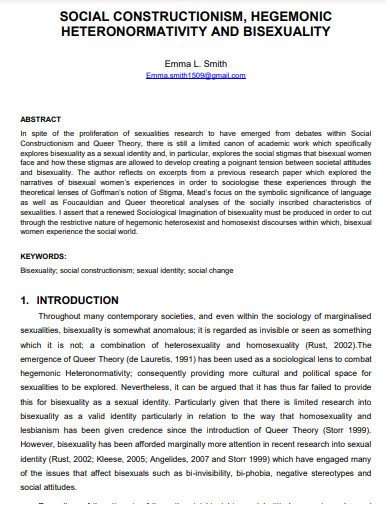
lesonlinesite.files.wordpress.com
21. Draft Social Constructionism Example

eclass.uowm.gr
22. Social Construction of Digital Multimedia Technology
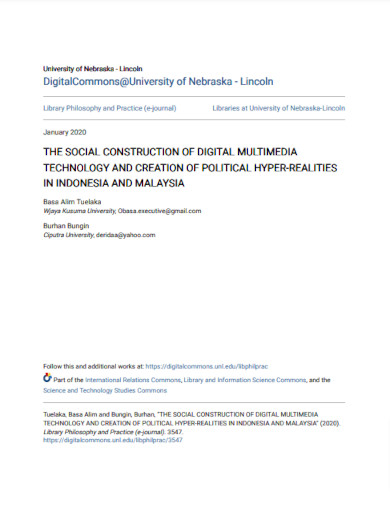
digitalcommons.unl.edu
23. Compatibility of Social Construction and Evolutionary Psychology

ruccs.rutgers.edu
24. Reconstructing the Social Constructionist View of Emotions

hal.science
25. Social Construction of Crime Example
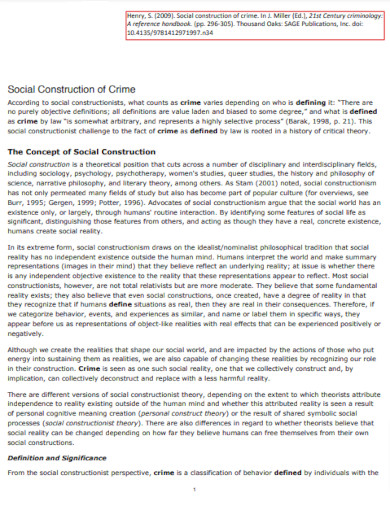
researchgate.net
26. Social Constructionism in the Study of Career
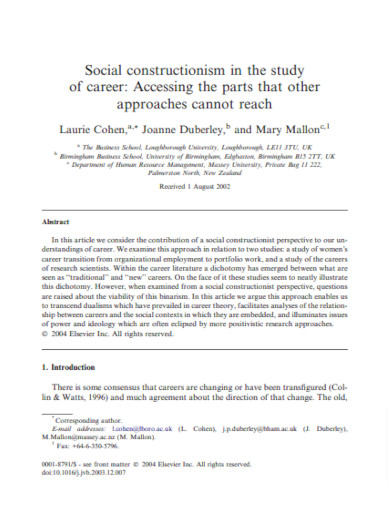
edisciplinas.usp.br
27. Social Constructionist Epistemology
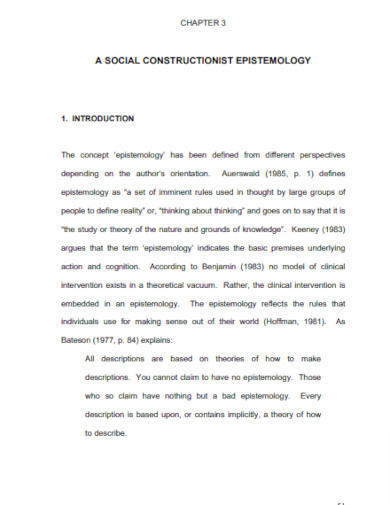
uir.unisa.ac.za
28. Basic Social Construction Example
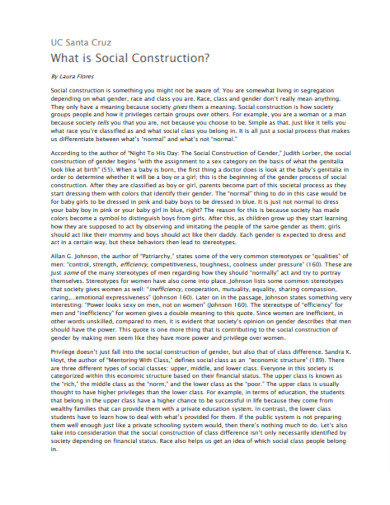
thinklearnact.com
29. Editable Social Construction Example
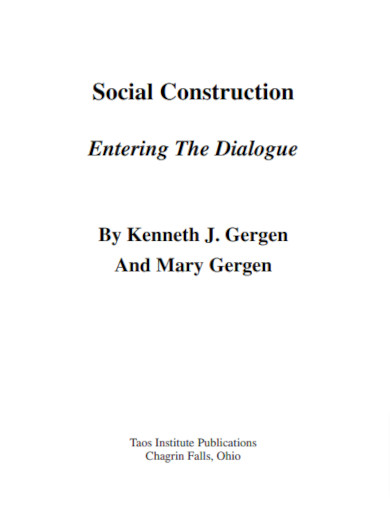
pdf.net
30. Exploring Social Constructions about Early Childhood Education
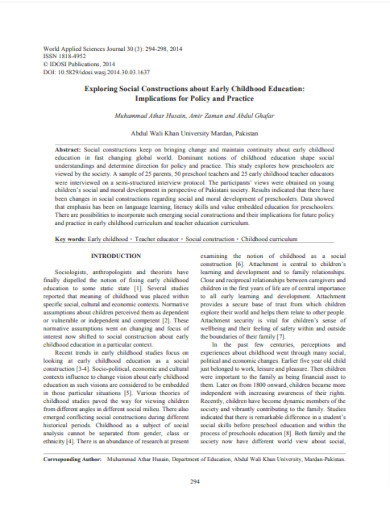
idosi.org
31. Limits of Social Constructionism Example

kvccdocs.com
32. The Social Construction of Disability Example
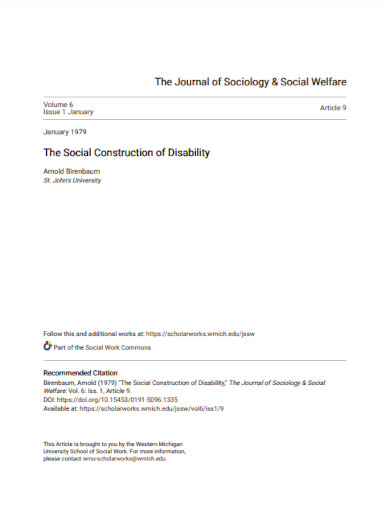
scholarworks.wmich.edu
33. Using Social Constructionism and Metaphor to Influence the Leadership
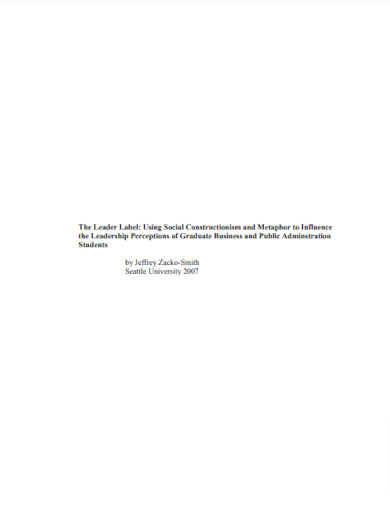
taosinstitute.net
34. The Social Construction of Nature Example
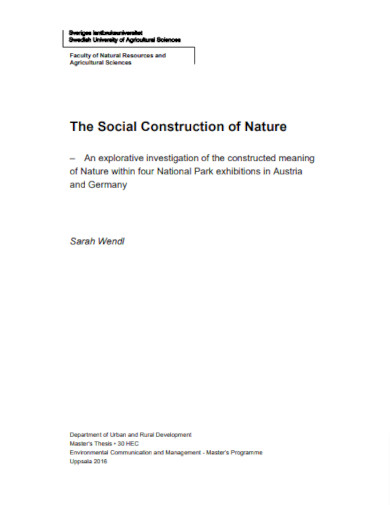
stud.epsilon.slu.se
35. Social Construction of Disability Example
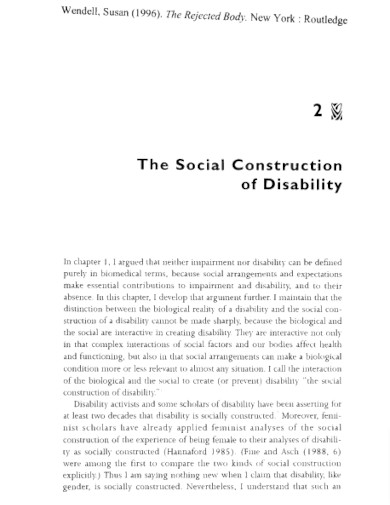
moodle.fhs.cuni.cz
36. Social Construction of Workplace Diversity
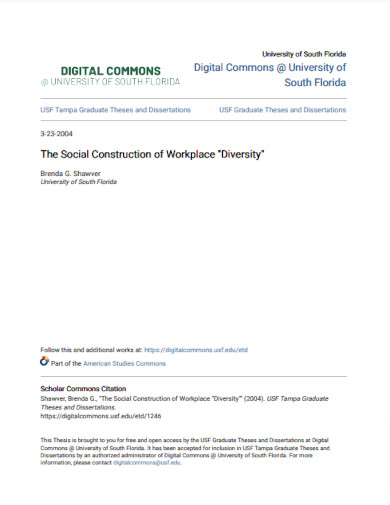
digitalcommons.usf.edu
37. Social Construction of Statistics Example
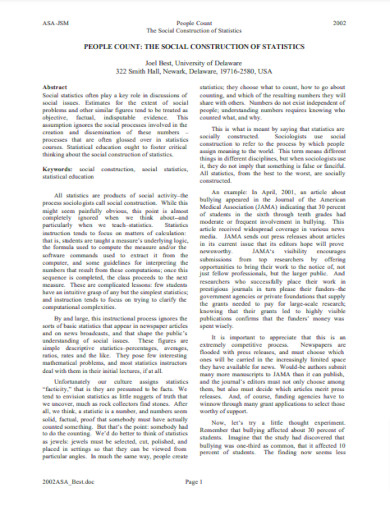
statlit.org
38. Social Construction of Leadership Education
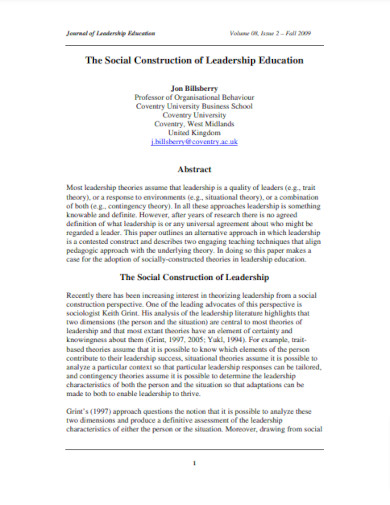
journalofleadershiped.org
What Is a Social Construct?
A social construct is a social phenomenon that occurs when a large group of people create a concept and agree upon that specific concept the specific community has made. Many races, nationalities, cultures, and subcultures have similar understandings of various social constructs.
Social constructs are very easy to identify as these concepts have no bearing on universal, physical phenomena and connotations. For example, the concept of happiness is a product of society and is, therefore, a social construct. First, you must determine all the elements and characteristics of the concept you want to identify as a social construct. Knowing and understanding the concept’s elements will help you determine if the concept is something that society agrees on or is a universal and physical reality. A social construct will trace back its origins to the agreed-upon description or definition of an object. For example, the concept of art is a social construct, as each person has a subjective take on the nature of art. Each culture has its history with art, which shows that this concept is a social construct. The juxtaposition of a social construct is a universal phenomenon that everyone can observe. For example, the concept of mathematics relies on physical logic and has various physical proofs that have undergone rigorous testing. This means that mathematics is not a social construct. Another way to identify if something is not a social construct is if the concept has a physical connotation that we can observe. For example, diseases are not a social construct as they are universally occurring and have a physical connotation.How to Identify if Something is a Social Construct
Step 1: Determine the Concept’s Elements
Step 2: Check the Concept’s History
Step 3: Determine if the Concept is a Universal Phenomenon
Step 4: Determine if the Concept has Physical Connotations
FAQs
Adolescence is a specific age group of human development where specific people have a set of behaviors and physical changes; people consider this concept a social construct because not all people experience the same degree of change during this stage. Puberty, on the other hand, is a biological development that is a universal phenomenon and has physical connotations.Why is adolescence considered a social construct, while puberty isn’t?
Yes, culture is a social construct as people experience all of its aspects and characteristics through a subjective lens. Not only that, but culture has many aspects that vary from region to region, which makes it wholly contextual.Is one’s culture a social construct?
Yes, masculinity is the idea of perceived male physical traits and attitudes that should be predominant in men. People have and exhibit different amounts of masculinity regardless of gender, race, or ethnicity, which means that this concept is a social construct.Is masculinity a social construct?
Social constructs are specific concepts, notions, ideas, and biases that plenty of members of society have agreed on. People have used social constructs to represent a specific idea or understanding of a specific aspect of our world. Therefore, we need to understand the concept of social construct and its trappings.

